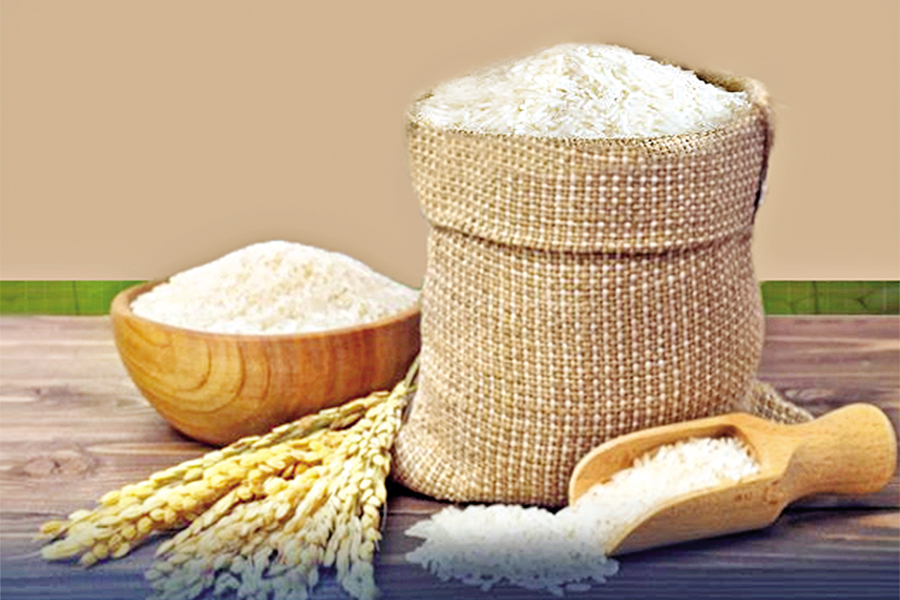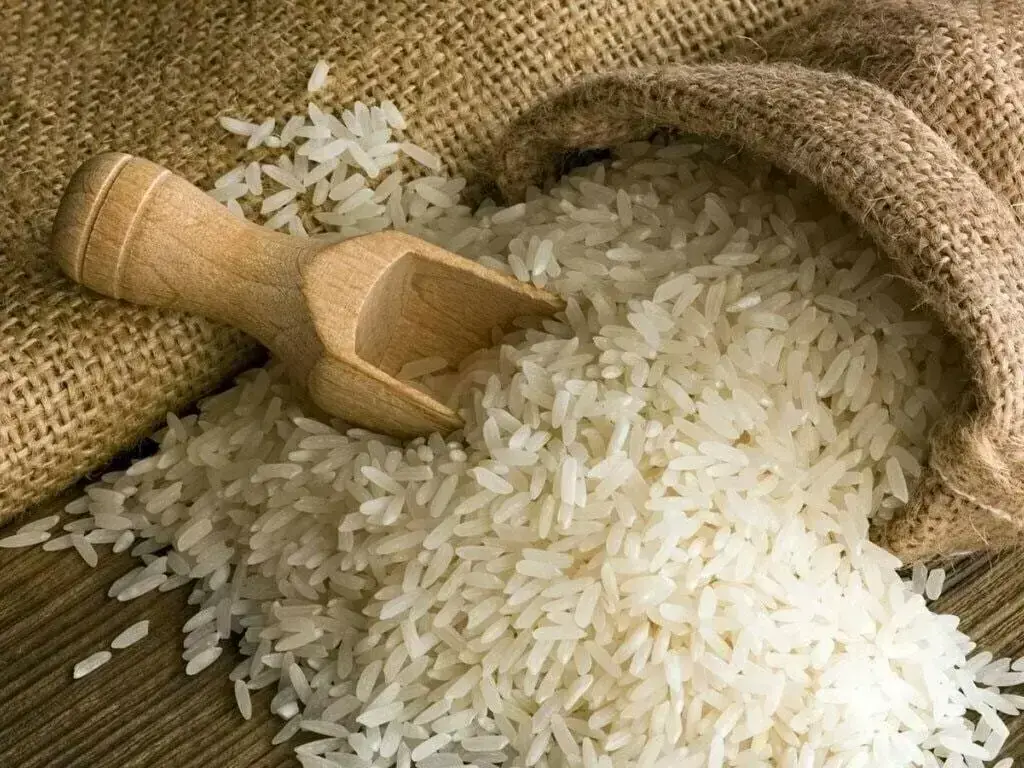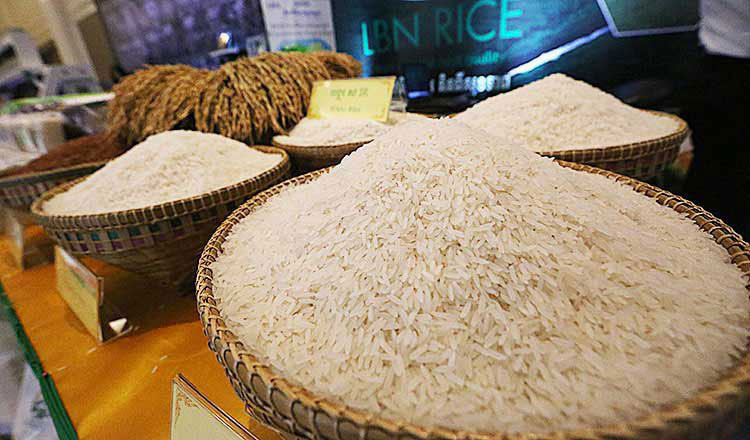Tags
Food price, inflation defy reason
SYED FATTAHUL ALIM

Inflation rate in Bangladesh, which was 8.55 per cent in July, marked a 0.07 percentage point increase from that of June. However, the government in its budget for FY2025-26 expressed the hope that the inflation rate could be brought down to 6.5 per cent sometime in FY26. Whatever the future expectations, considering the rising trend of the prices of essential consumer goods, there is hardly any sign of decline in the inflation rate for now. And that is more so given the recently published Economic Update & Outlook of the General Economic Division (GED) of the Bangladesh Planning Commission. It says that the price of rice, the staple of the essentials, plays the key role in driving up the overall inflation in the economy.
Notably, the rise in inflation rate in July compared to that of its previous month was accompanied with a simultaneous increase in food inflation by 0.17 percentage point pushing it to 7.56 per cent in July. The GED update further informs that the contribution of the rice prices to the rise in July inflation was significant. In this connection, the different types of rice contributed differently. For instance, the medium variety of rice contributed 24 per cent while the coarse rice contributed by 18.39 per cent respectively. However, there is yet another category of rice, the so-called fine type, the price of which also saw an increase, but that did not affect the general public much, because their main consumers were the people belonging to the middle and the higher income segment of society. However, the impact of the increase in the price of coarse rise on society is significant as this variety of rice is consumed mainly by the low-income section of the population. The GED update points out that price hike of all the three categories of rice have witnessed a price increase by around 15 per cent on an average, during the past months. The finer variety, for example, remained pricey over the 12 consecutive months, while the coarse and medium category experienced price escalation since December last year. So, according to GED, in pushing up the consumer price inflation in last July, rice prices’ contribution was 50 per cent. Going by the market data provided by the Trading Corporation of Bangladesh (TCB), in July, the price of coarse rice in the capital city was between Tk 55 and Tk 60 per kilogram. Year-on year, it marked an increase by 7.48 per cent. Similar was the case with the prices of medium and finer varieties of rice. Against this backdrop, the government has decided to purchase 1.4 million tonnes of Boro rice locally during the four months between April 24 and August 31 of this year.
In the past fiscal year (FY2024-25), imports of rice, according to the central bank, Bangladesh Bank (BB) data, saw an unprecedented rise at the cost of US$682 million to the state exchequer. Compared to the rice imports of the previous fiscal, FY2023-24, which was worth US$25.40 million, FY25’s imports marked close to 2,600 per cent rise over that of the previous fiscal (FY24). The BB’s data were reportedly compiled based on the commodity-wise import statistics provided by the customs department. These imports were made both by the government and the private sector against the backdrop of devastating floods in August and September last year that caused an estimated damage of Aman crops to the tune of 1.0 million tonnes in 11 districts of Chattogram as well as in Sylhet and Mymensingh divisions, according to the Department of Agricultural Extension (DAE) data. Clearly, rice imports on such a staggeringly high scale in FY25 compared to those of the previous fiscal was made in a bid to enhance food stock and stabilise food-grain price in the market and thereby reduce inflationary pressure. But the trend of importing more rice has been showing no sign of letup seeing that as late as last Thursday (August 21), trucks carrying Indian rice started to enter Bangladesh through Benapole land port thereby resuming such import after a four months’ pause since April last. According to reports, the import of mainly the coarse variety of rice from India is being made to stabilise rice market in the country. In this connection, it may be recalled that the food ministry on August 13 announced that it would allow some 242 private importers duty-free import of 0.5 million tonnes of rice and effect their supply in the market by September 30 so that the unstable rice market could be tamed. Since rice price is the main factor pushing up the inflation rate, it is hoped that the overall impact of it all would be a decline in the inflation rate.
But it is not just rice, the country’s imports of overall food grains which included wheat (whose import, however, saw a significant decrease in FY25 by 20.1 per cent compared to that of FY24) also witnessed an overall rise by 12.1 per cent, according to the BB data. Other imports of food items included edible oils, sugar, milk and milk cream, spice, etc., which also recorded a 15.3 per cent rise in FY25 compared to those of FY24. So, one can arguably expect that adequate supply of rice and other foodstuffs in the market would contribute to containing inflation. But the real picture does not corroborate the fact.
Though the inflation rate considerably declined last month to 8.55 per cent when compared to that of July 2024 at 11.66 per cent, the country still lags behind the performance (in bringing down inflation) of its neighbouring countries in South Asia. In Sri Lanka, a country in severe financial crisis in 2022, saw its inflation reaching a year-on-year peak at 69 per cent in September of that year. Later it fell gradually. The price of essentials, meanwhile, has dropped to 0.03 per cent. Similar is the story of Pakistan, which saw over 35 per cent inflation rate in 2023, which, of late, has come down close to 4.0 per cent. In India, the inflation rate has declined sharply to 1.55 per cent. in Nepal, it is at 2.72 per cent. So, why is Bangladesh still struggling despite a drastic fall in price in Thailand compared to a year ago.
After all the imports of rice and other foodstuffs, those are still dear in the market with their levitating impact on inflation. This is beyond reason. Do economists and experts of Bangladesh have an explanation?
https://thefinancialexpress.com.bd/views/columns/food-price-inflation-defy-reasonPublished Date: August 25, 2025






